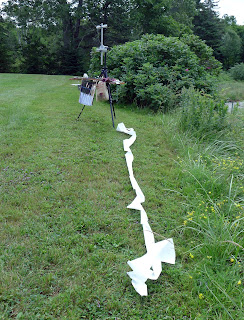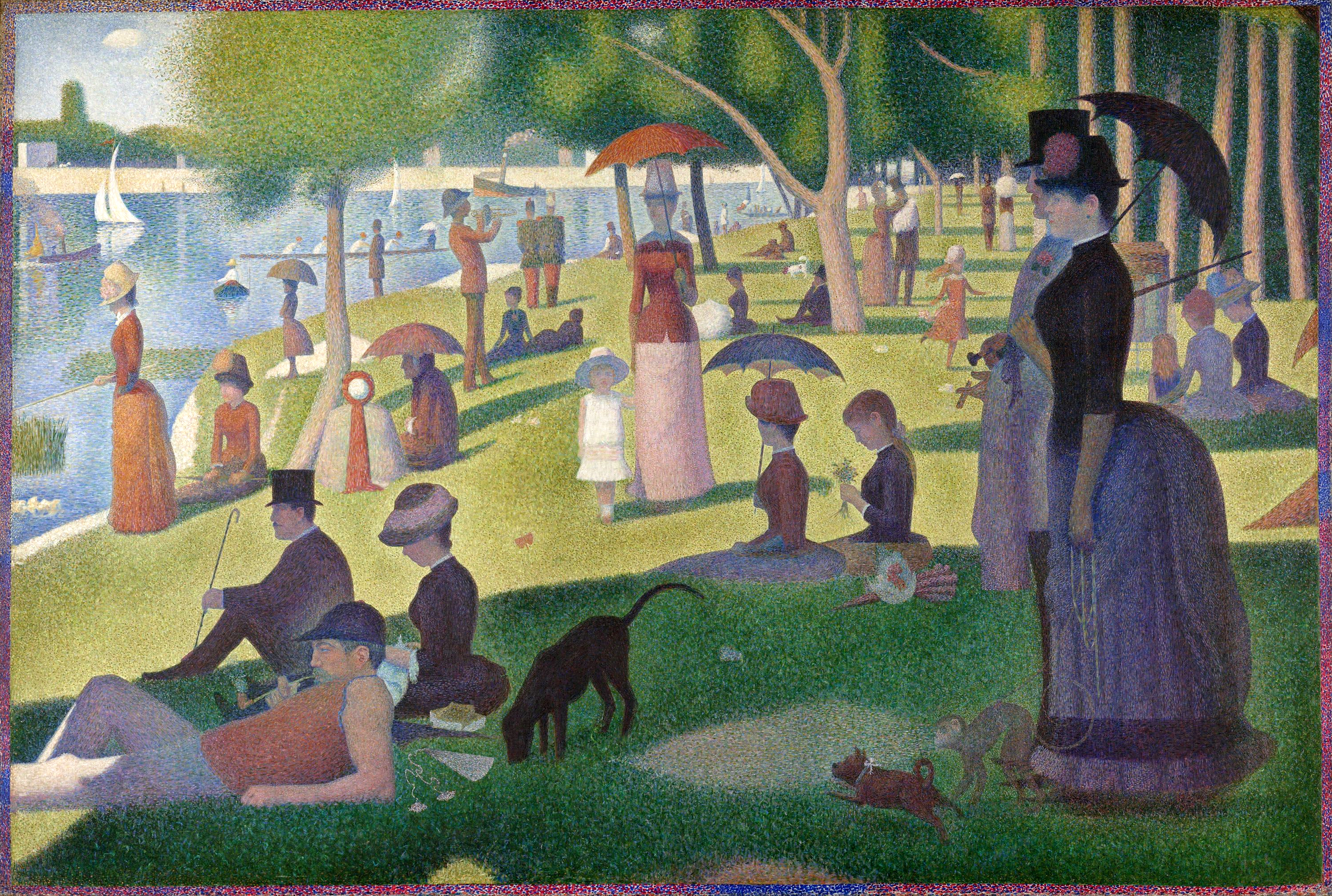 |
| Rising Tide at Wadsworth Cove, 16X12, oil on canvas. Available; please contact Lakewatch Manor for details. |
Saturday dawned fair and bright in lovely Castine, ME. I had a plan for my painting; I knew that low tide was at 9:21 AM; I had croissants and fresh local blueberries for breakfast. By 7:30, I was at my location and ready to roll out something brilliant.
 |
| Wadsworth Cove at low tide. |
The organizers had promised me a clearing sky, and that’s where I faced my first decision: horizon above the midpoint or below it? If the sky stayed as it was, a low horizon would mean a fantastic painting; if the sky cleared, that would produce something less satisfying.
 |
| Wadsworth Cove at Low Tide, 12X16, oil on canvas. Finished, but I wasn’t happy with it. It’s now in a private collection, and the new owner insists she likes it better than my final painting. She might be right, since the final painting is still available. |
I bet on a clear sky and put the horizon above the midpoint. The day resulted in a succession of fantastic skies. (They may not have been a focal point on my canvas, but I’ve learned to simply enjoy the beauty God plays out for me.)
 |
| When you’re not happy with your composition, use all the tools at your disposal to make it better: greyscale drawings and viewfinders are both helpful. |
I based my composition on the serpentine channel that cuts across Wadsworth Cove at low tide. Three hours in, I realized that the s-curve wasn’t carrying its weight and the boat was simply badly placed, being too low, too angled, and too far to the right. It was, however, too late to complete another painting of this size before the tide rose and filled the cove. It wasn’t, however, too late to do the painting in pieces.
 |
| I looked up at one point to realize my paper towel roll had unwound itself in the steady breeze. |
So I flung my first sketch on the ground and reframed the composition. Having made careful sketches and taken my decisions on lighting earlier in the day, I could take my time and not race the rising tide. I painted from the mid-point forward, ignoring the horizon and landmass to the right until I’d captured the sand itself. The result—if I may say so myself—is a successful treatment of a difficult subject: a real-time record of a moving tide.
 |
| I finished this painting when the tide was high. And, no, I didn’t use a photo to do so; I worked from my prior oil sketch, here thrown on the ground. (The new owner knows to wait until it dries to take the bugs out of the paint.) |
However, after nine days on the road, my poor Prius was a complete mess. I tend to melt down when my stuff is in a shambles, and I was fighting this problem all day. I couldn’t find the tools I needed. At one point, I couldn’t even find my paints. Still, I would normally expect to be able to finish two 12X16 paintings in eight hours, and I did so, even though one of them wouldn’t be shown. I was done in ample time to deliver my selection to the Maine Maritime Academy by 4:30.
 |
| Me, buckle under pressure? Not even when my glasses fall into my palette or I lose my paints! But afterwards… oh, boy! |
At which point, I started to fall apart. I sent a pilot hole through the front of the frame. Worse, I couldn’t find my generic price list (which I carry to protect myself from my own absent-mindedness) and mis-priced my work. It didn’t sell because I’d marked it way high, and that was in spite of it being a good, strong painting.
 |
| Dear Readers know I’m awfully protective of my delightful little Prius. I hated seeing it like this; worse, I couldn’t find anything in it. |
Oh, well; these things happen. No sense worrying about it. But while an error in pricing work is no big deal, if I made a similar error driving, it could have disastrous consequences. For this reason, I’ve decided that my next trip (in a mere two weeks!) can’t be quite such a pressure-cooker. I am not going to blog live when on the road. Journalists reprise their greatest hits when they’re traveling; that’s what I plan to do, too.
 |
| In its tailored little black frame: Rising Tide at Wadsworth Cove, 16X12, oil on canvas. Available; please contact Lakewatch Manor for details. |
Join us in October, 2013 at Lakewatch Manor—which is selling out fast—or let me know if you’re interested in painting with me in 2014. Click here for more information on my Maine workshops!










